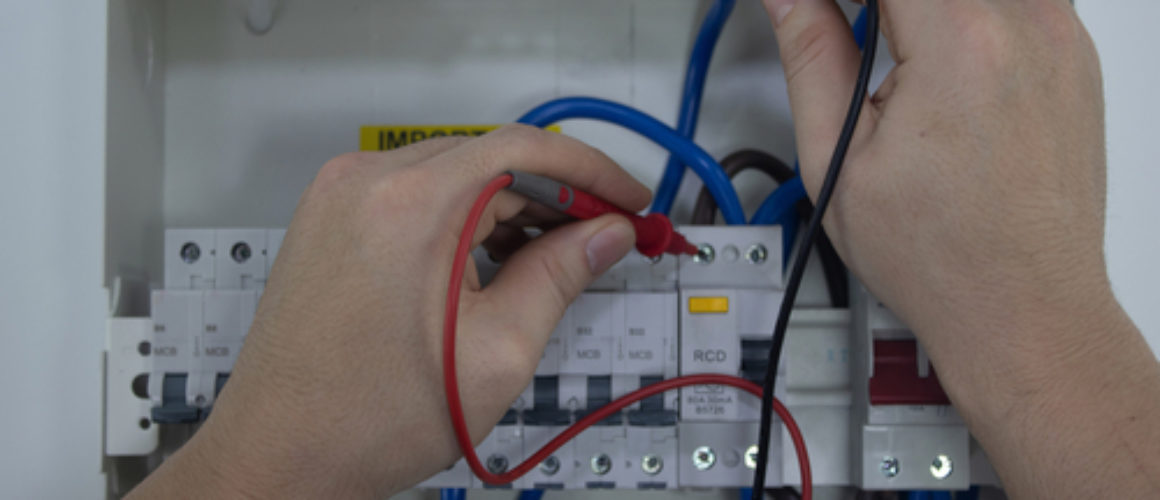What Makes Up A Consumer Unit?
A consumer unit plays a vital role in powering all circuits within a property. This device is made up of various parts, including the main switch, RCDs or residual current device and circuit breakers. Well, it’s important to ensure you know the location of the consumer unit within the property in case of an emergency that requires you to turn off the consumer unit.
The Main Switch
This switch allows you to control the electrical supply within the home. It also makes it easier to turn the consumer unit on and off. Generally, everything inside the consumer unit is controlled by this main switch, including the RCDs and the circuit breakers.
Residual Current Devices (RCDs)
RCDs are vital and life-saving devices that help by turning off the power as soon as it finds a fault. This prevents the homeowner or anyone else within the property from touching something live and getting a serious electric shock. RCDs are always running as they monitor the electrical flow of the home.
As from July 2008, the Wiring Regulation set out a regulation that all rewired or new homes must include RCDs fittings. Fixed RCDs are common and are the ones that are mostly found inside the consumer unit and give you the best protection over a number of circuits.
Circuit Breakers
Averagely, every house will have at least 6 circuits, each being controlled by the circuit breaker within the consumer unit. Just like the RCDs, circuit breakers also trip and turn off once they detect an overcurrent fault. This also protects you against shock.
For example, if your house has a 5 amp circuit breaker and detects 10 amp of current, it immediately trips and cuts off the electrical flow as there is an overcurrent flow. Once a circuit breaker trips, you can try turning it on again. However, it’s advisable to seek assistance on the main reason behind the tripping. Circuit breakers will always trip due to a certain reason, and it’s in your best interest to investigate further.
Circuit breakers will either work using a thermal method with the overload function – for example, a 10 amp flowing through a 5 amp breaker or through a magnetic principle where you get a short circuit as soon as the magnetic element is activated disconnects the circuit breaker immediately.
Bus Bar
Well, probably you will never see the bus bar unless you are working on a consumer unit like registered electricians. It’s a lengthy copper strip with big teeth that helps in locking the circuit breaker, the main switch and the RCDs into their positions within the consumer unit.
Finally
These are parts of what makes up a consumer unit. However, it’s wise to always check your consumer units for any warning signs of dangers. Ensure you monitor the device’s condition and seek professional help when needed. Any signs of thermal damage on your consumer unit are an indication that it has to be properly checked or replaced.
Also, go for a quality by choosing Electrical Discounted Supplies . You can always reach out by using our number which is 01925814404 and all your queries will be put to rest.




